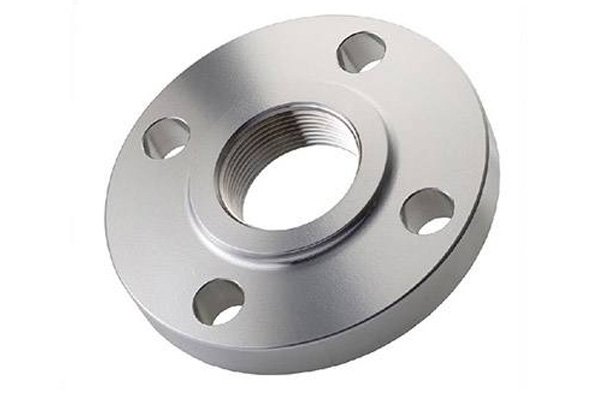First of all, the cracking of stainless steel flange chemical composition analysis, analysis results indicate that the chemical composition of the stainless steel flange and welding data are in accordance with the relevant specifications. The brinell hardness of the flange neck surface and sealing surface is stopped respectively, and the Brinell hardness value meets the requirements. On the premise that the chemical composition of the data is qualified, the pipe device meets the technical requirements, the hardness test is qualified, and the operation standard of the pressure test, the pipe flange cracks in the process of the pressure test. It is clarified that the defects are related to the internal structure of the flange or other unknown elements.
The leakage flange is cut down from the pipeline, flannel, to stop the macro inspection, found that the flange inside the appearance of cracks, 3mm long, 0.5mm wide, crack and its left side had produced rust stains; Many cracks were found in the flange bolt holes.
Many non-metallic inclusions were found on the sealing surface of stainless steel flange and other positions. Some non-metallic inclusions formed small pits due to scattered on the surface of the flange sealing surface. The pits were 2.0mm in size and 0.8mm in size, and the edge of the pits had tiny cracks visible to the naked eye. The same batch of additional austenitic stainless steel flanges are deployed for field macro inspection.
Many flanges were found to have defects at different levels, and some flanges had obvious cracks visible to the naked eye. Macroscopic inspection results further indicate that butt welding flange, flange leakage and flange itself has a relationship. In order to further explore the real cause of flange leakage, a piece of the same manufacturer and the same batch was randomly selected.
Post time: Feb-11-2022

